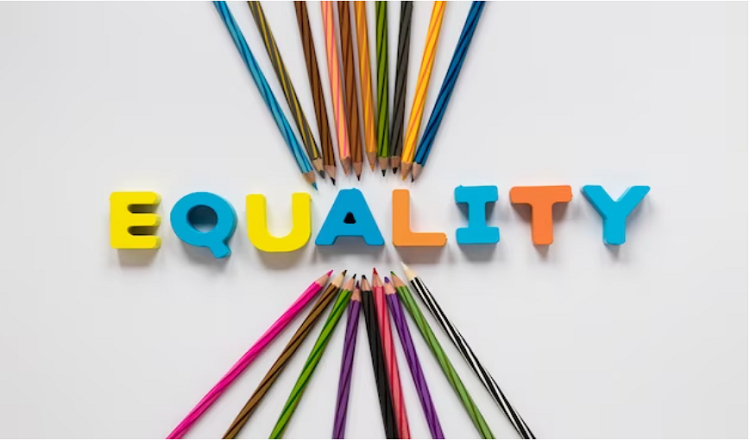Education is a basic human right that gives people the skills, information, and morals they need to live a happy, successful life. Access to education is not the same everywhere in the world, though. There are big differences between rich and underdeveloped countries. This article will look at the differences between developed and underdeveloped countries in terms of educational chances and outcomes, as well as the things that cause these differences.
Countries are either developed or underdeveloped.
Before getting into how these two types of countries are different, it’s important to define the words “developed” and “underdeveloped.” Developed countries have reached a high level of economic development, as shown by their high GDP per capita, human development index (HDI), and stable government structures. The United States, Canada, Japan, and many European countries are all examples of successful countries.
On the other hand, underdeveloped countries have low levels of economic growth, a low GDP per person, low HDI scores, and weak political structures. You might also call these countries “developing countries” or “third-world nations.” Ethiopia, Somalia, Afghanistan, and a lot of other African and Asian countries are examples of poor countries.
Different ways to get an education
The ability to get an education is one of the most important differences between developed and poor countries. In developed countries, everyone has access to schooling and often has to go to school until a certain age. In underdeveloped countries, on the other hand, education is often only available to the wealthy few, and many children can’t go to school because they are poor, there isn’t enough infrastructure, or there are cultural limits.
Having access to facilities
Access to infrastructure is one of the main reasons why people have different educational options. Educative systems in developed countries are well-established and have large networks of schools, libraries, and colleges. On the other hand, people in underdeveloped countries often don’t have easy access to things like power and clean water, let alone schools and universities.
Problems with money
Cost is another thing that affects how different people can get an education. In developed countries, education is often paid for by the government, so up to a certain level, it is free for everyone. In contrast, education in underdeveloped countries is often expensive because families have to pay school fees, buy clothes and books, and pay for their children’s transportation. Many poor families can’t afford to send their kids to school because of these financial problems.
Different Results from School
Even when children in underdeveloped countries are able to go to school, the level of education they get is often worse than in developed countries. This is shown by the fact that people have less knowledge and do worse in school. Several things cause these differences in educational results, such as:
Teachers who aren’t good enough
In underdeveloped countries, especially rural ones, there is often a lack of trained teachers. This is because there isn’t enough money for teacher training programmes, teachers are paid too little, and they don’t have good places to work. Because of this, many teachers in developing countries don’t have much training or experience, which can hurt the level of education they give.
Not Enough Educational Materials
Underdeveloped countries also don’t have a lot of money to spend on education and technology, so they don’t have enough texts, computers, and other important learning tools. This lack of resources can make it harder for students to connect with the subject and learn.
Differences in culture
In underdeveloped countries, cultural differences can also get in the way of schooling. In some cultures, education, especially for girls, is not respected. This can make girls and people from other marginalised groups less likely to go to school, which means they will get less education and have fewer chances.
Uncertainty in politics
Lastly, political instability can hurt schooling in countries that aren’t very well off. Unrest and war can stop kids from going to school, destroy buildings, and force families to leave their houses. This can cause big problems in the classroom, leading students to fall behind or even quit school.
In the end,
In conclusion, there are big differences between what people can do in school and how well they do in rich and underdeveloped countries. Developed countries have well-established education systems that provide free education to all citizens, while underdeveloped countries often fight to give education to the most marginalised people. These differences are caused by many things, such as infrastructure, cost, teacher quality, educational tools, cultural attitudes, and political instability. Even though underdeveloped countries face problems, there are still attempts to improve access to education and promote educational equality around the world.
Read Kore You May Like:
- Bridging the Gap Education in Developing Countries
- From Illiteracy to Empowerment Education in Underdeveloped Countries
- Building a Better Future: Education in Developed and Developing Countries
- Access to Education Challenges and Opportunities in Developing Nations
- The Role of Education in Reducing Poverty in Developing Nations

